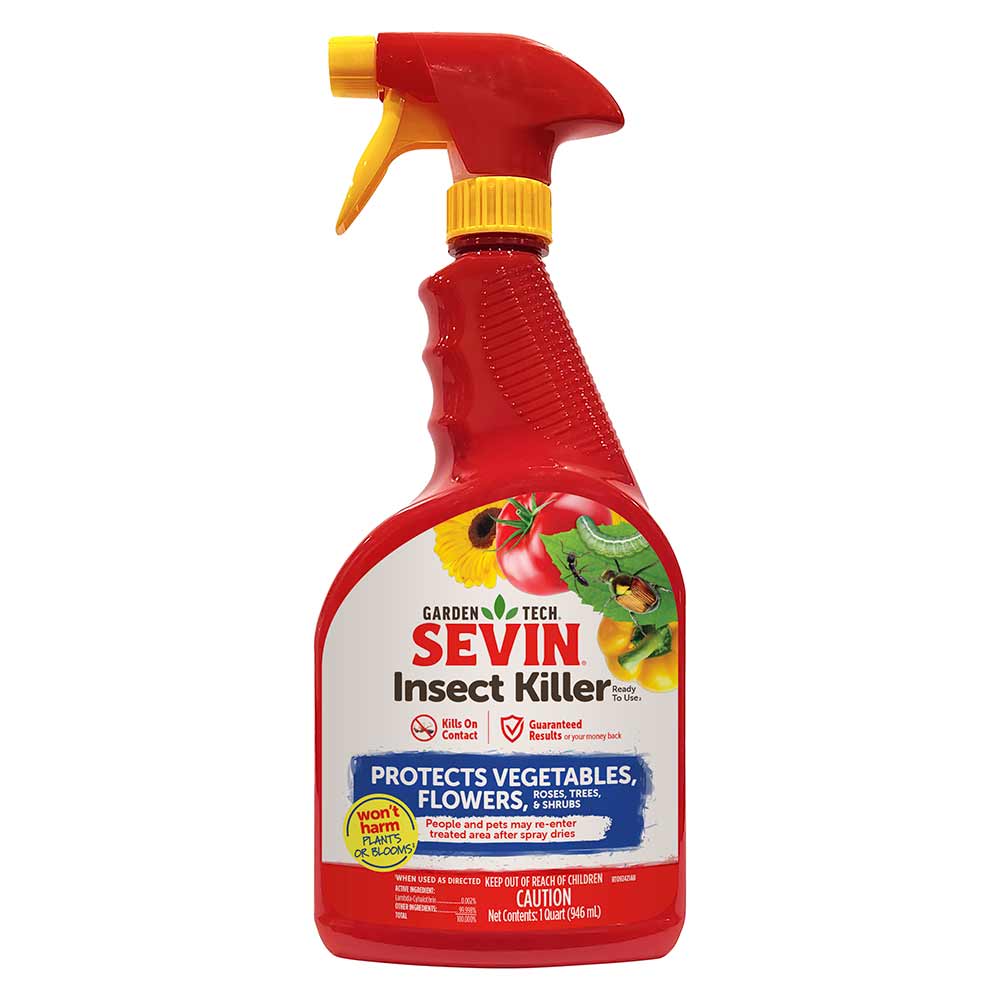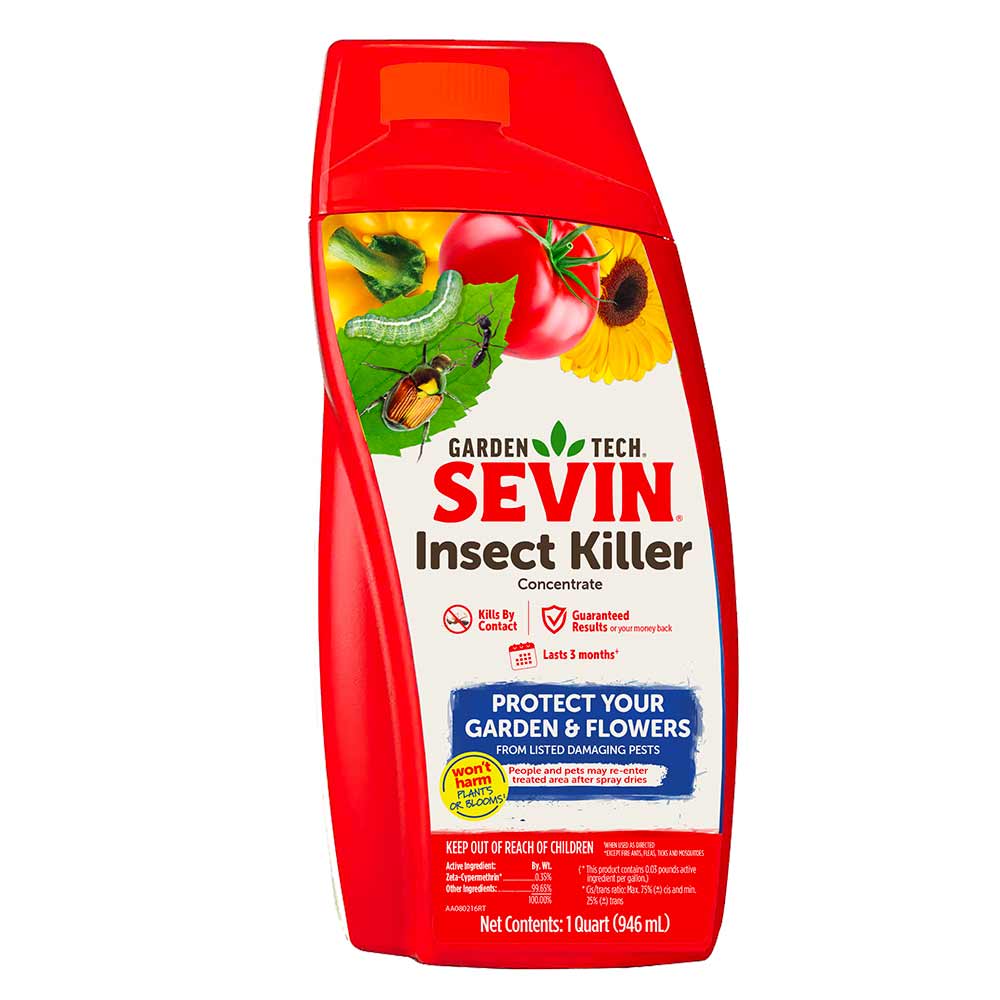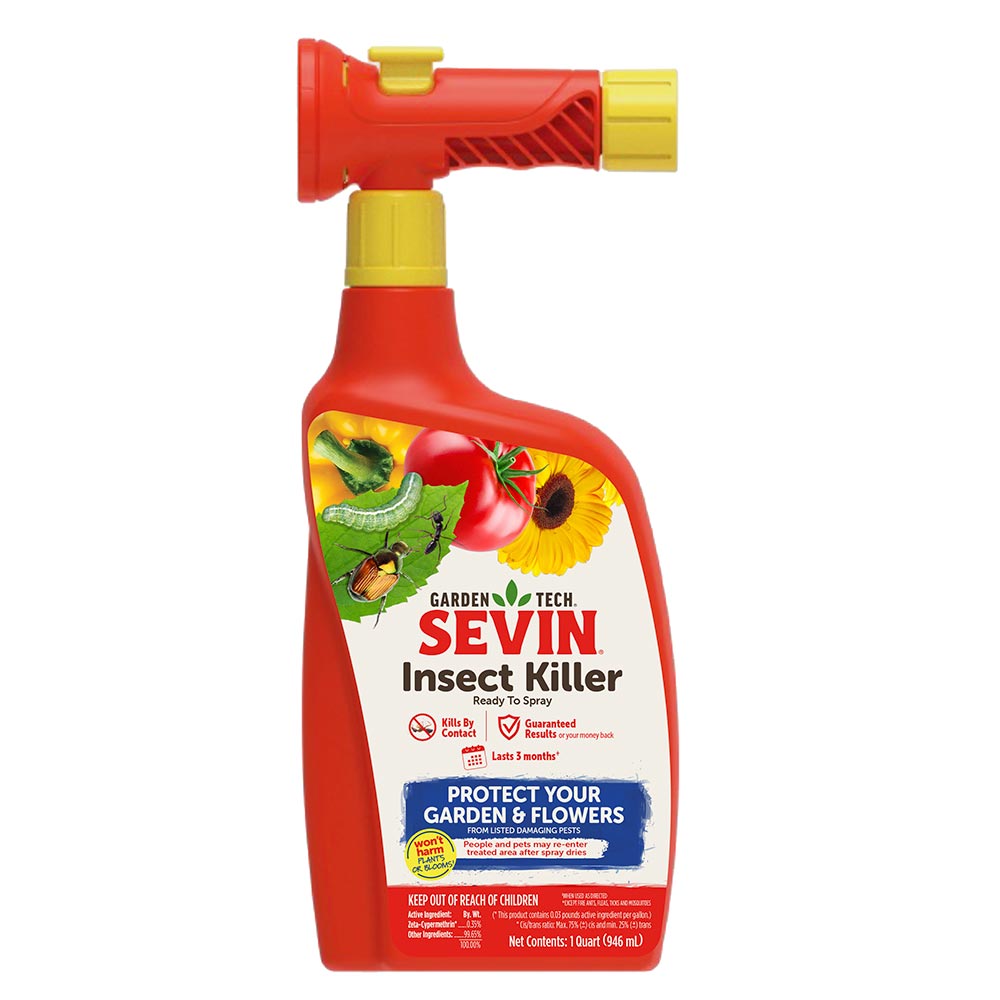Carpenter Bees
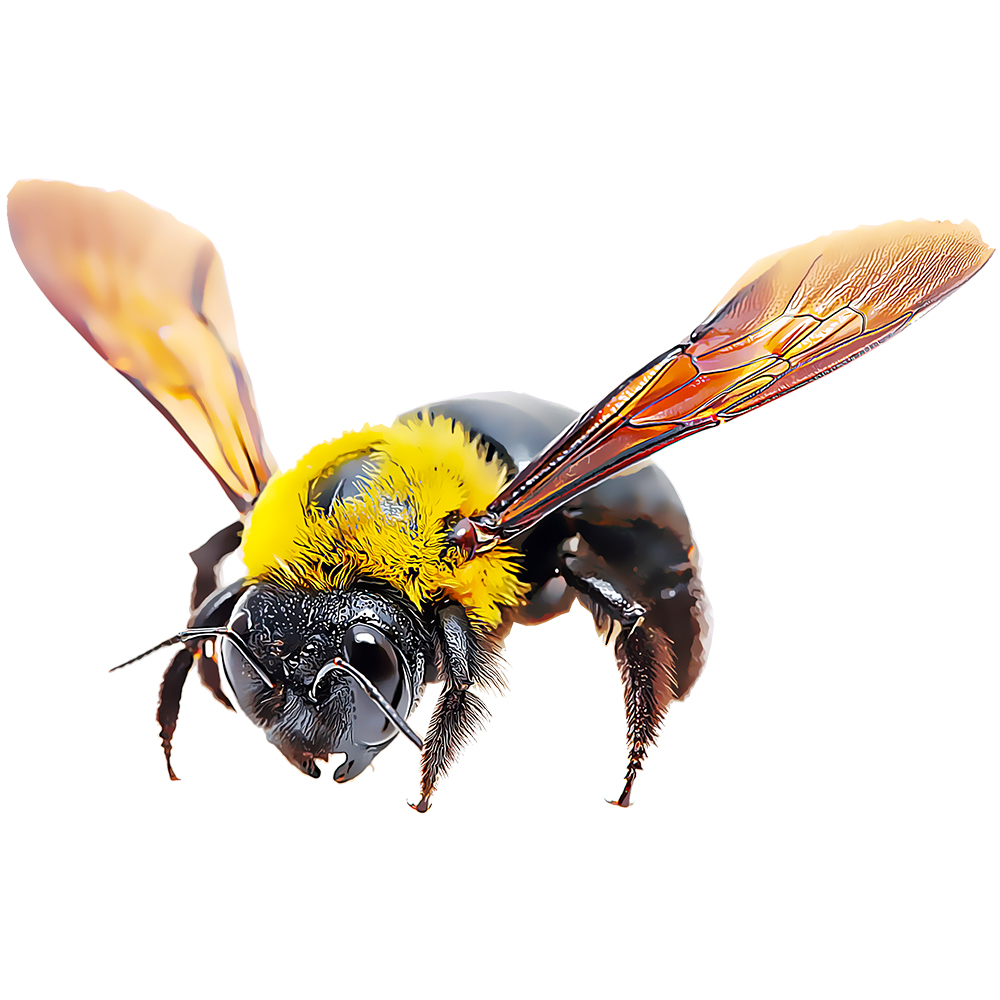

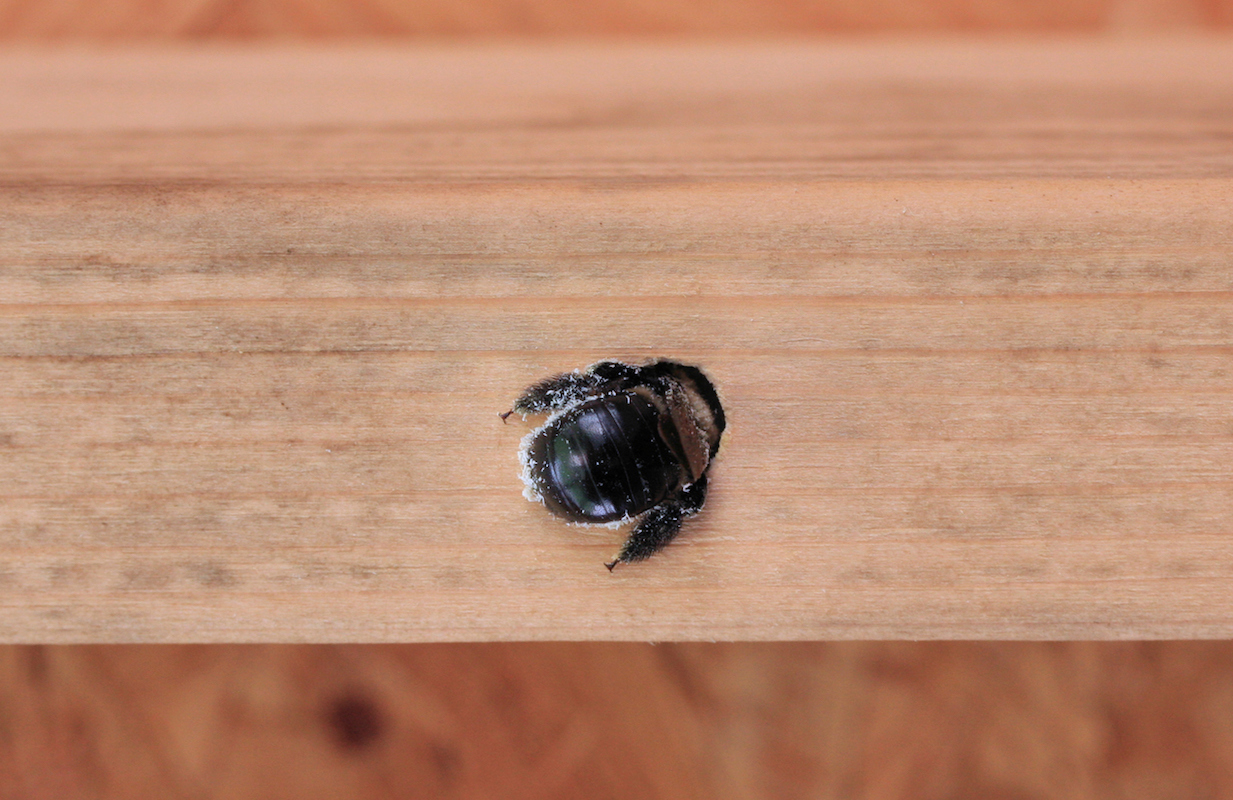
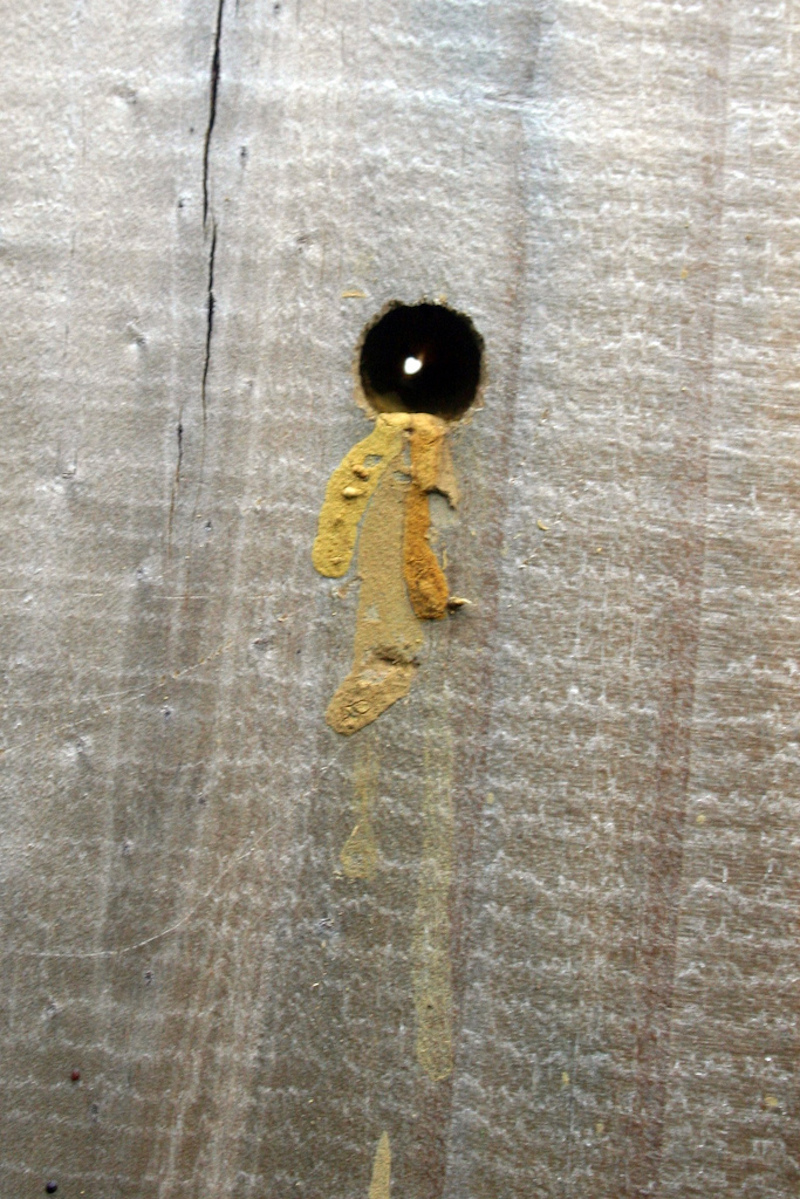
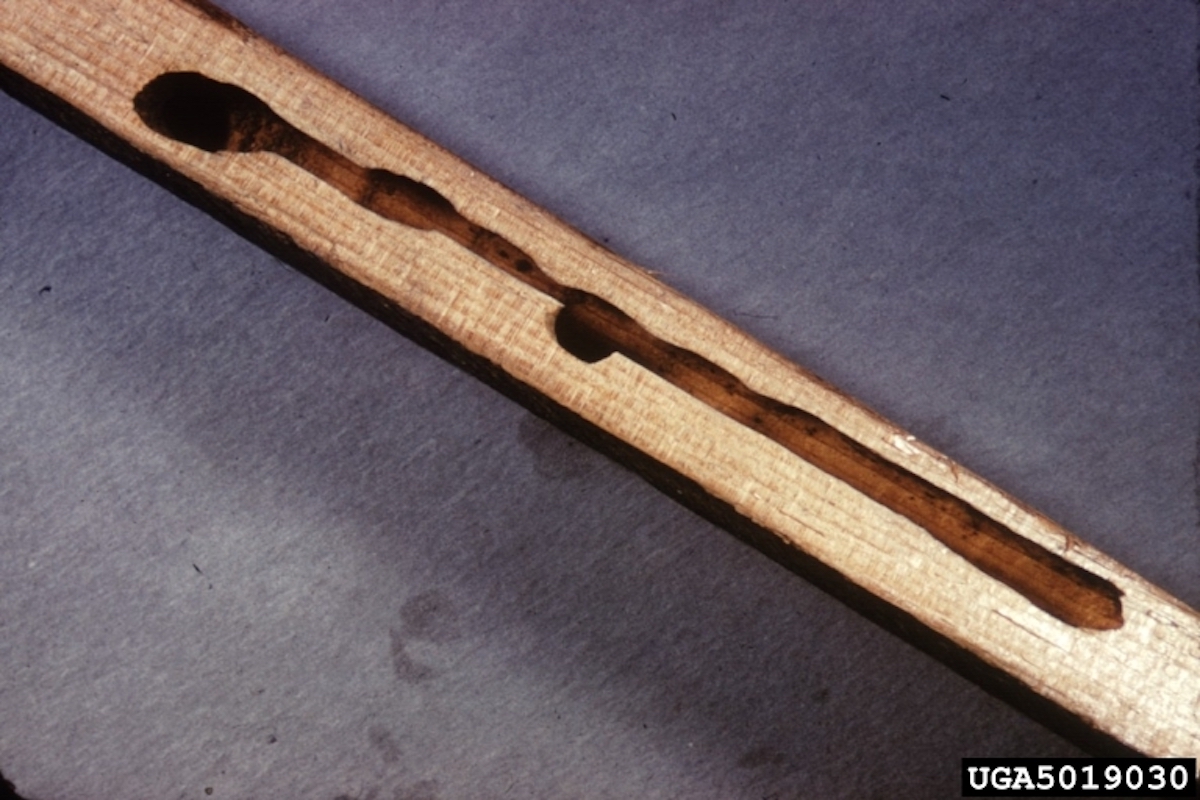
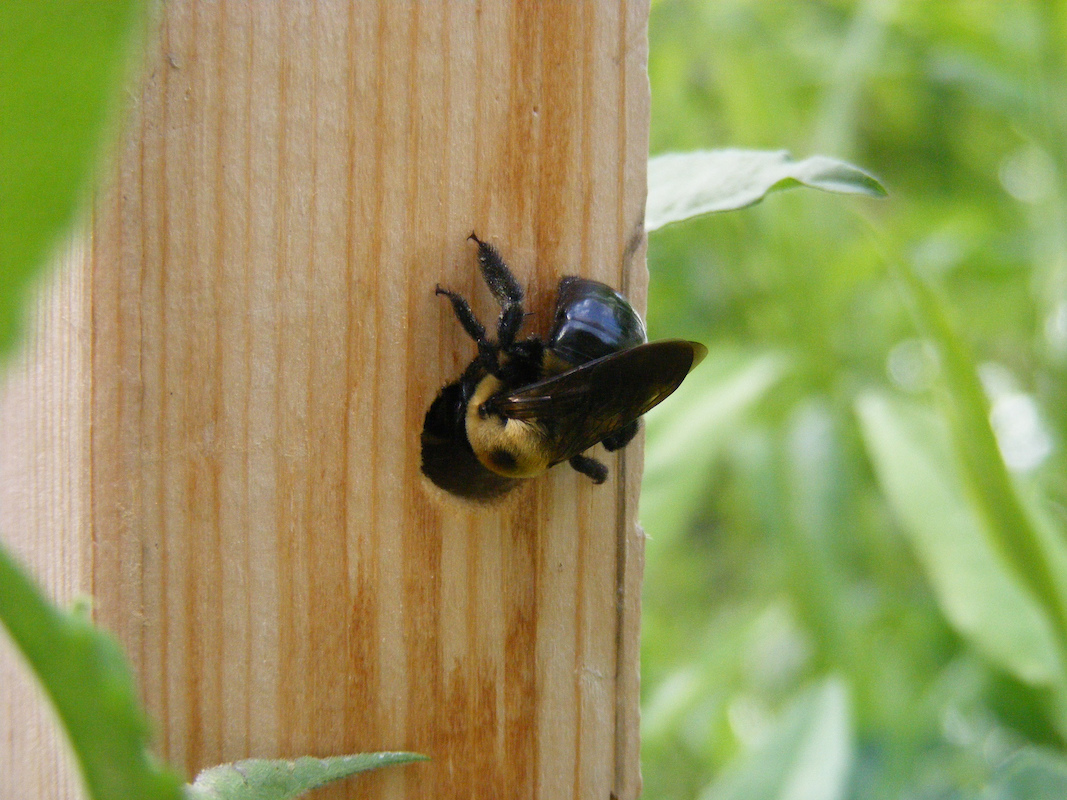
Carpenter bees are one of the leading wood-damaging insects in the United States. In natural settings, they often make their tunnel-like nesting galleries in old trees. In populated areas, however, they tunnel into wood in homes and other structures. The extensive nesting chambers can weaken wood and threaten your home's structural integrity. Carpenter bee populations are especially high in the Eastern United States, where damage to homes is widespread.
Identification: Several species of carpenter bees exist in the United States, but the Eastern carpenter bee causes the most damage. At 1 inch or more in length, it's one of the largest U.S. bees. Like bumble bees, for which they're often mistaken, these bees have yellow and black body hairs. However, bumble bees have hairy abdomens. Eastern carpenter bee abdomens are shiny, hairless and black. Western carpenter bees are entirely black.
Signs/Damage: Unlike termites, carpenter bees don't eat the wood they excavate. The first sign of damage is often a pile of sawdust on the ground beneath an almost perfectly round 1/2-inch hole. The wood beneath the hole may be stained with excrement. Bees tunnel about 1 inch deep and then branch off, creating a series of side tunnels that can extend several feet. Over the years, new generations expand on existing tunnels and cause extensive hidden damage within wood.
Control: Carpenter bees prefer weathered, unprotected wood. A coat of paint or stain helps protect against these pests. GardenTech® brand offers several highly effective products to kill wood-damaging carpenter bees by contact and keep protecting for up to three months. These products can be used to treat gardens, lawn areas and home foundations up to a maximum height of 3 feet:
- Sevin® Insect Killer Ready to Use2 simplifies precision spot treatments. The ready-to-use container's adjustable nozzle lets you select "spray" for a broad pattern or "stream" for direct, targeted spray.
- Sevin® Insect Killer Concentrate provides a simple, economical way to cover larger areas. Use the convenient measuring cap to measure the concentrate into a pump-style sprayer. Then add water and mix well. Spray to cover surfaces thoroughly.
- Sevin® Insect Killer Ready to Spray attaches to a normal garden hose and makes it simple to spray surfaces thoroughly. The ready-to-spray container measures and mixes automatically as you spray.
Tip: If spraying holes directly, wait until nightfall when carpenter bees are less active. Don't repair holes right away. Entering bees will help spread the pesticide through the galleries inside.
Always read product labels and follow the instructions carefully.
GardenTech is a registered trademark of Gulfstream Home and Garden, Inc.
Sevin is a registered trademark of Tessenderlo Kerley, Inc.
Photo Credit:
Pennsylvania Department of Conservation and Natural Resources - Forestry, Bugwood.org, CC BY 3.0 US
Is this not your insect?
View all Insects

